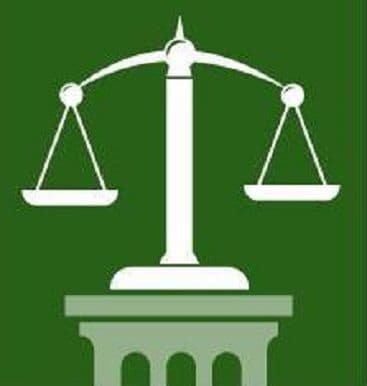Wrongful death claims are claims brought on behalf of beneficiaries of the deceased as defined by statute against the negligent defendant whose actions proximately caused the death. Depending on the facts and circumstances other claims might be brought under the survival statutes. Both types of claims are often referred to as “wrongful death” claims for convenience.
Under a wrongful death claim the estate may bring a claim for “actual pecuniary loss” suffered by the beneficiaries.[1] This includes loss of economic support as well as “love, affection, care, companionship, society, and consortium”.[2]
The pain and suffering of the decedent are not available, but may be recovered as an asset of the estate under Washington’s survival statues.[3] Mental anguish or sorrow of those grieving is not recoverable.[4]
All claims must be brought through the estate, not by relatives.[5] The statute of limitations is not defined in the wrongful death statute and so will depend on the theory of recovery. The statute is not tolled because a beneficiary is a minor since it is the personal representative who must bring the claim through the estate. The statute of limitations will begins when the personal representative discovers or should have discovered the existence of elements of the wrongful death claim.
[1] Parrish v. Jones, 44 Wn.App. 449 (1986).
[2] Myers v. Harter, 76 Wash. 2d 772, 783, 459 P.2d 25 (1969).
[3] Pancratz v. Turon, 3 Wn.App. 182 (1970).
[4] Wood v. Dunlop, 83 Wn.2d 719 (1974).
